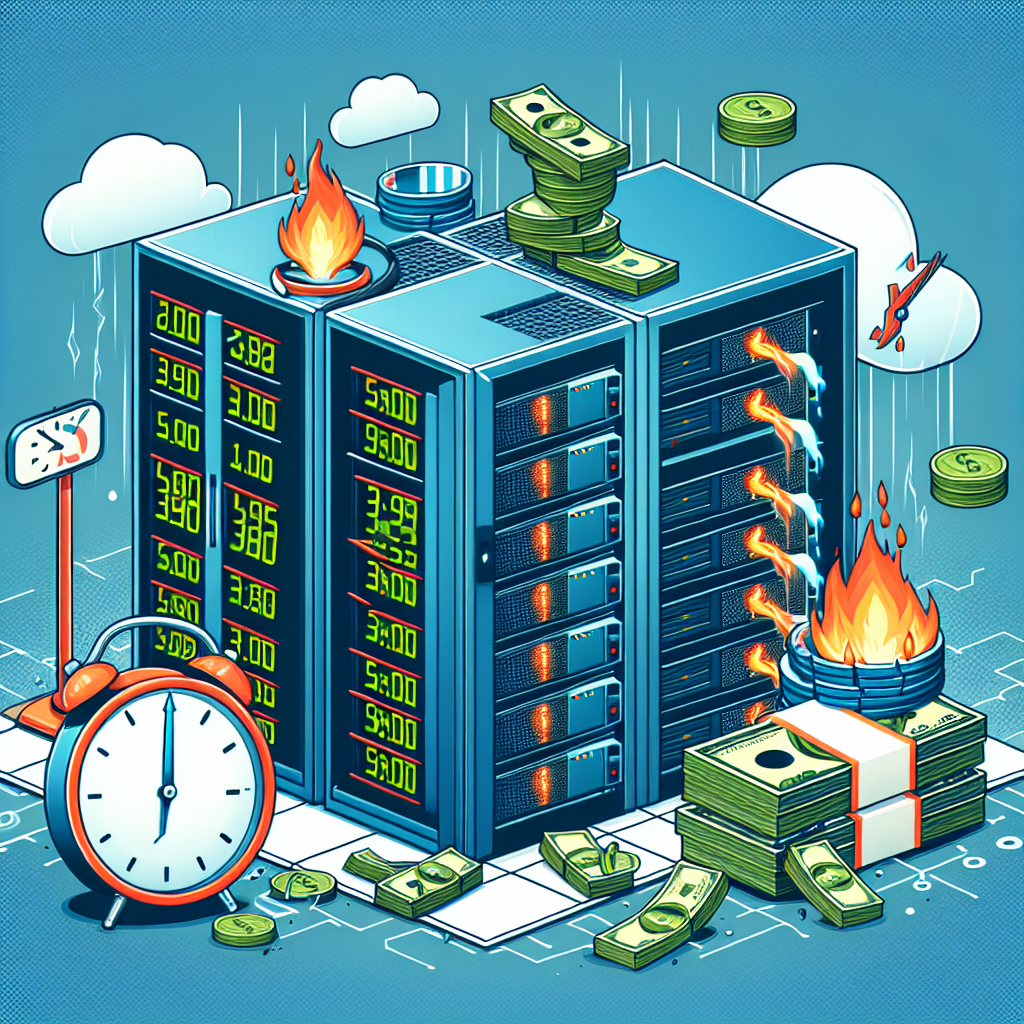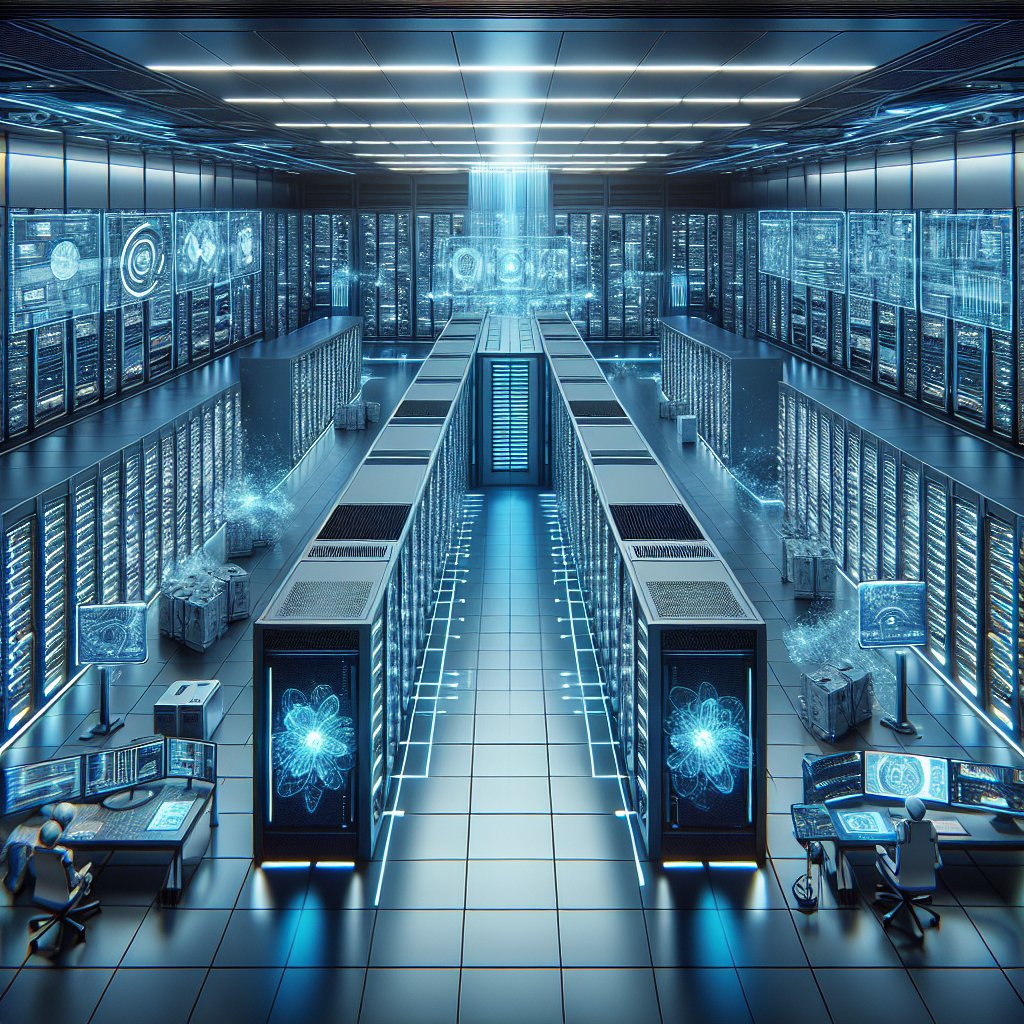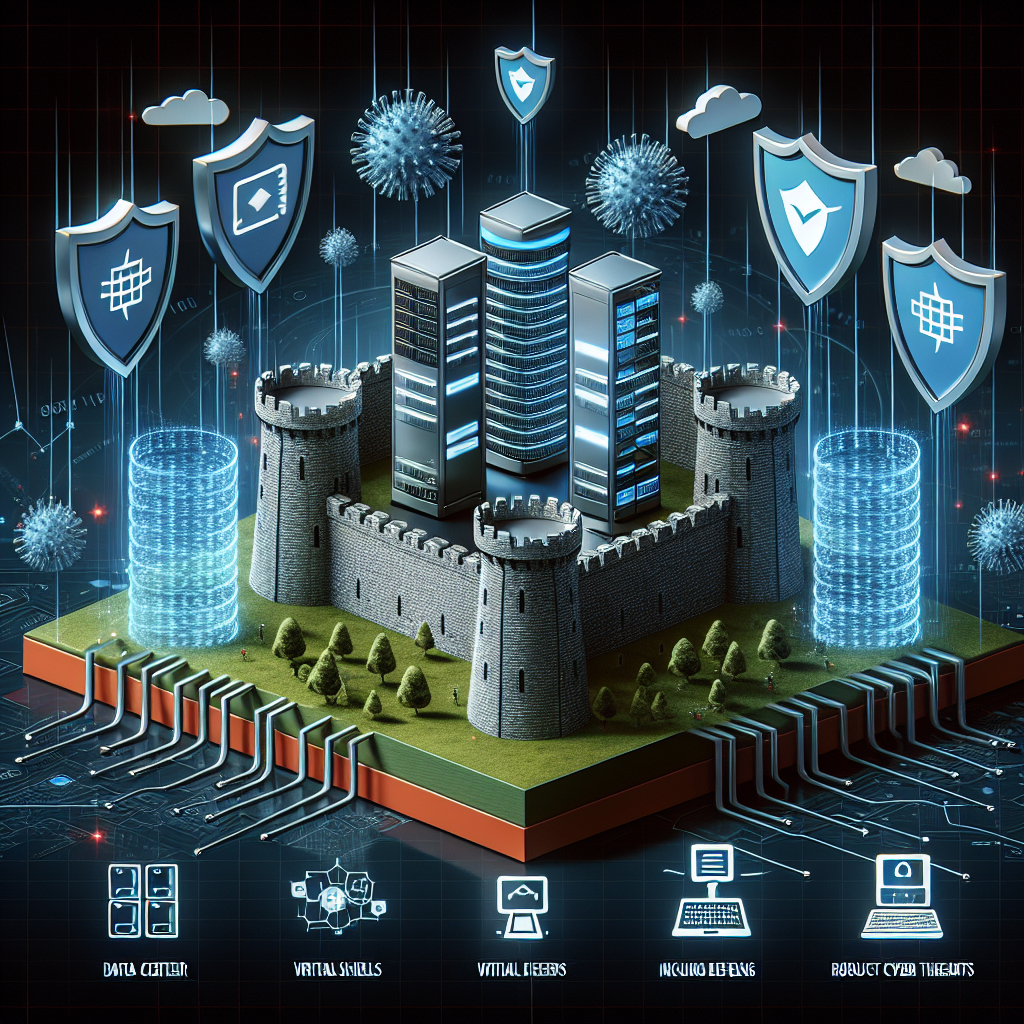Data centers play a crucial role in the operations of businesses, housing and managing large amounts of digital information and infrastructure. With the increasing dependence on technology and data, ensuring the proper functioning and security of data centers is more important than ever. One key aspect of maintaining data center efficiency and reliability is conducting routine inspections.
Routine data center inspections involve thorough assessments of the physical and operational aspects of the facility. This includes checking for potential risks, identifying areas for improvement, and ensuring compliance with industry standards and regulations. By conducting regular inspections, organizations can proactively address issues before they escalate into major problems that could disrupt operations or compromise data security.
There are several benefits to conducting routine data center inspections:
1. Preventative Maintenance: Regular inspections help identify potential issues such as equipment failures, overheating, or faulty wiring before they cause downtime or data loss. By addressing these issues early on, organizations can avoid costly repairs and maintain the reliability of their data center infrastructure.
2. Improved Efficiency: Inspections can uncover opportunities to optimize the layout and configuration of data center equipment, leading to improved energy efficiency and cost savings. By ensuring that cooling systems, power distribution, and networking equipment are functioning properly, organizations can maximize the performance of their data center operations.
3. Enhanced Security: Data centers store sensitive information and are prime targets for cyber attacks. Inspections can identify security vulnerabilities such as unauthorized access points, outdated software, or inadequate physical security measures. By addressing these vulnerabilities, organizations can strengthen their data center security and protect their valuable assets.
4. Regulatory Compliance: Many industries have strict regulations governing the handling and storage of data. Routine inspections help ensure that data centers are compliant with these regulations, reducing the risk of fines or legal repercussions. By maintaining compliance, organizations can demonstrate their commitment to data protection and privacy.
5. Risk Mitigation: Data center failures can have severe consequences for businesses, including data loss, financial losses, and damage to reputation. Routine inspections help identify and mitigate risks that could lead to downtime or data breaches. By proactively addressing potential threats, organizations can minimize the impact of unforeseen events and ensure business continuity.
In conclusion, routine data center inspections are essential for maintaining the efficiency, security, and reliability of data center operations. By conducting regular assessments of physical and operational aspects of the facility, organizations can prevent downtime, improve efficiency, enhance security, maintain compliance, and mitigate risks. Investing in routine inspections is a proactive approach to safeguarding valuable data and ensuring the smooth functioning of data center operations.










